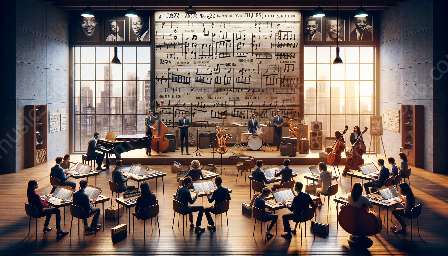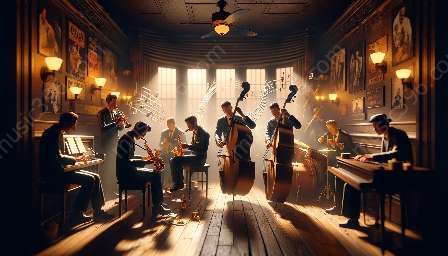Blues piano music is an essential element of the blues and jazz genres, characterized by its soulful and emotive expressions. Understanding common chord progressions used in blues piano music allows us to appreciate the foundational structure and harmonic development of this captivating musical style.
The Influence of Piano Styles in Blues Music
When it comes to blues piano music, understanding the various piano styles that have influenced the genre is crucial. From the boogie-woogie and barrelhouse piano stylings to the more modern and sophisticated approaches, the unique characteristics of each style have left an indelible mark on the traditional blues sound.
Common Chord Progressions in Blues Piano Music
Blues piano music relies on specific chord progressions to create the signature sound associated with the genre. Here are some commonly used chord progressions in blues piano music:
- 12-Bar Blues Progression: One of the most iconic chord progressions in blues music, the 12-bar blues progression follows a specific pattern of chords, typically in the I-IV-V format, creating a familiar and infectious groove.
- Turnaround Progression: The turnaround progression is a brief chord sequence often used to lead from the end of one section of music to the beginning of the next. It serves as a transitional element, adding depth and variety to the overall sound.
- Minor Blues Progression: This progression typically incorporates minor chords and adds a moody and emotional tone to the music, contributing to the evocative nature of blues piano performances.
- Shuffle Blues Progression: The shuffle blues progression is characterized by its syncopated rhythm and swung feel, lending a lively and energetic quality to the music.
The Role of Chord Voicings and Improvisation in Jazz & Blues
Jazz and blues music share a close relationship, particularly in the realm of chord voicings and improvisation. In both genres, the intricate voicings and harmonic structures allow for expressive and dynamic playing, showcasing the creative abilities of pianists and musicians.
Dynamic Chord Voicings
In jazz and blues piano, chord voicings play a pivotal role in shaping the sound and feel of the music. The use of extended and altered chords, as well as creative voicing techniques, contributes to the rich and complex harmonic palette characteristic of these genres.
Expressive Improvisation
Improvisation is a hallmark of jazz and blues, allowing musicians to spontaneously craft melodic and harmonic ideas within the framework of chord progressions. Piano players often demonstrate their virtuosity through expressive improvisation, infusing their performances with personalized creativity and emotion.
Understanding the Structure and Development of Chords in Blues Music
Blues piano music exhibits a distinct approach to chord structure and development, incorporating both traditional and innovative techniques to create a compelling sonic landscape. Exploring the evolution of chords in blues music provides valuable insight into the genre's rich history and enduring impact on contemporary music.






























